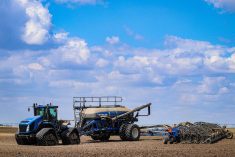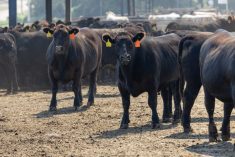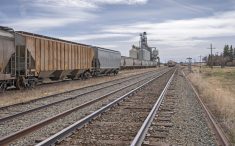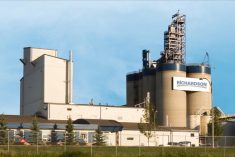WINNIPEG (Reuters) — Soybeans, once a novelty in Western Canadian fields, are poised to reach record acreage again this year and some of the world’s biggest seed companies are betting they have further room to grow in a country known for wheat and canola.
Farmers on the eastern side of the Prairies are turning to soybeans for high returns and shorter-season varieties are making them viable in Western Canada and across northern U.S. states.
Monsanto expects Canadian farmers to sow 5.8 million acres this year, up from 5.6 million in 2014, with Ontario the biggest grower, said Cornie Thiessen, who leads the agricultural products company’s Canadian trait and licencing business.
Read Also
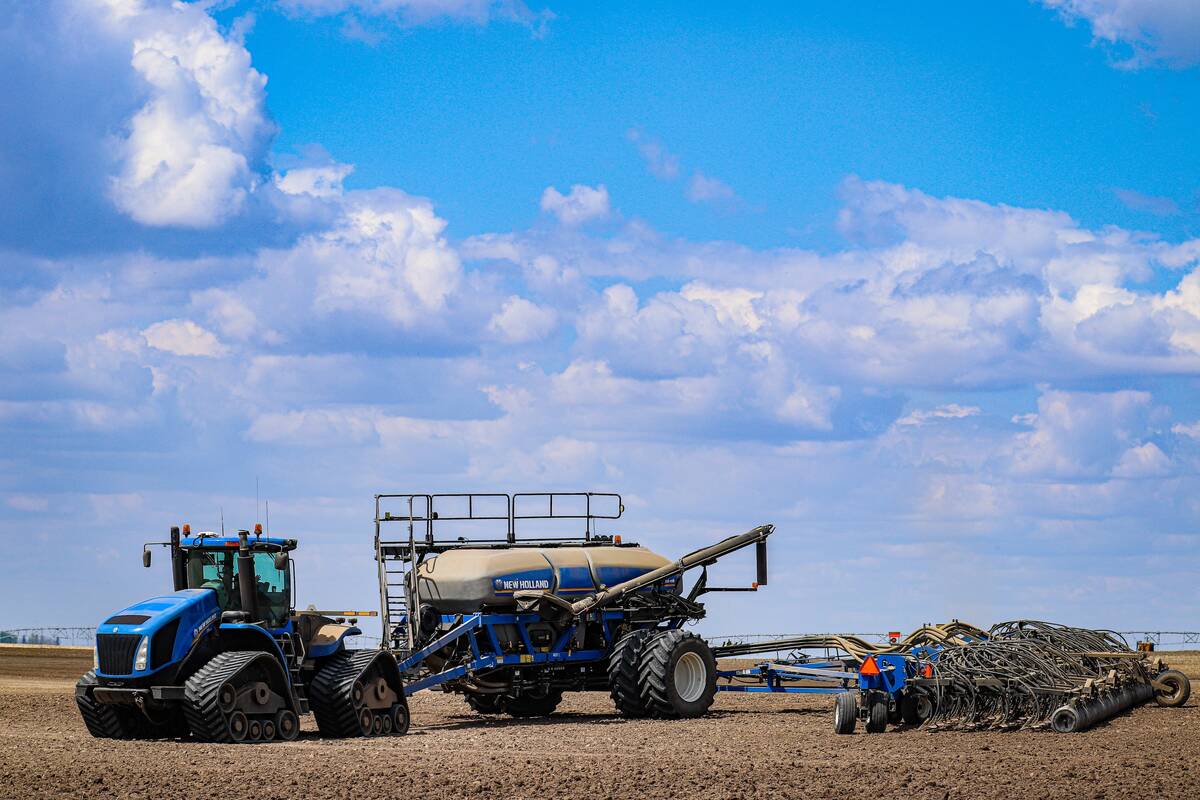
NFU says proposed plant breeders’ rights come at farmers’ expense
The National Farmers Union is pushing back against changes to the Plant Breeders’ Rights Act that would narrow the scope of farmers’ right to save seed or propagate crops from cuttings and tubers.
Growth lies in Western Canada and Monsanto expects farmers there to nearly double acreage to three million within five years.
“We actually expect that (expansion) to continue for quite a few years,” Thiessen said.
U.S. farmers are also expected to expand 2015 soybean plantings.
Canada’s soybean output is only 1/18th the size of U.S. production, limiting its effect on global trade. Canada exported 2.4 million tonnes of soybeans in 2013-14, about 44 percent of that year’s crop. China, the biggest importer, bought 895,000 tonnes.
Monsanto boosted its Canadian soybean seed investment in the past two years, pushing it to a similar level as canola. Its Roundup mReady soybeans are the dominant brand in Canada, competing with DuPont Pioneer and Syngenta AG.
The companies mainly invest in shorter-season varieties and adapt them for specific regions.
“We still have a lot of room to grow,” said Steve Schnebly, senior research manager at DuPont, which is increasing investment in Canadian soybeans and corn.
Dwayne Couldwell, senior merchandiser of oilseeds for grain handler Paterson Grain, said soybeans offered farmers bigger gross returns than canola and cost less to plant.
They often mix into rotations with canola and wheat, which remain popular.
To be sure, acres of other crops like lentils and corn have also expanded on the Prairies, making for a crowded field of choices.
Limits on soybeans’ growth include a lack of significant Western Canada processing capacity and the grain’s lower protein content there than in the United States. China buys Canadian soybeans at a discount to blend with higher protein supplies, Couldwell said.




